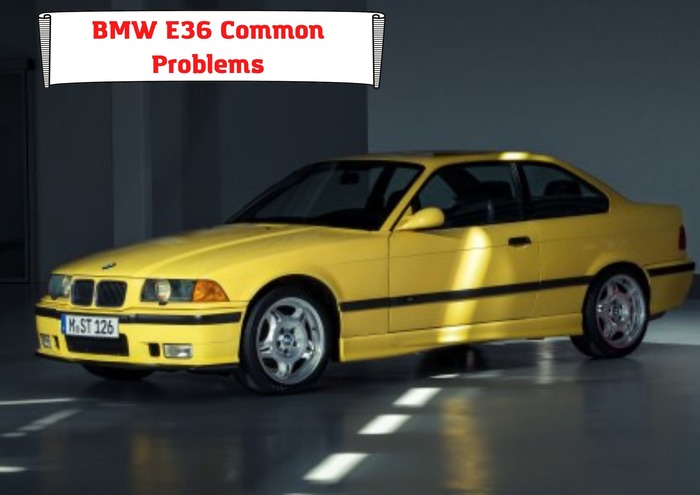
Some fans of BMW consider that the brand had its golden age somewhere in 1995 when it was producing the legendary E36 model. BMW E36 was produced between 1990 and 2000 and had quite a lot of modifications. This car had 6 types of body starting with a traditional sedan and finishing with an unusual 3-door coupe and convertible.
The vehicle is now quite old, but BMW lovers still have it in quite a good condition. They tend to think this is the best car BMW has ever made and we can’t disagree with that. Today, we are going to give you some basic information on possible problems that may occur with the BMW E36 if you buy one now.
Here’s what we are going to talk about:
- Wonderful engines and transmissions – what can go wrong?
- Body parts and rust troubles – a disaster of the E36.
- Other common problems you can have with your car.
- What’s the top mileage and longevity of the BMW E36?
- How much is to maintain the old E36?
Let’s get started!
Great engines that can go a million miles?
Well, none of the engines in the E36 can potentially go a million miles, of course. But this fact doesn’t make them any worse than any other engine produced by any of the BMW’s competitors on the market.
The company offered four relatively small engines M40, M42, M43, and M44 (up to 1.9 liters of displacement). None of them was really bad, but these engines are not the best ones under the hood of the E36.
Better qualities you can expect from M50, M52, S50, and S52 V6 engines. These have a capacity between 2 liters and 3.2 liters and show much better specs and qualities.
Also, BMW offered a couple of diesel engines but they were mainly sold in Europe. (1.7- and 2.5-liter diesel engines weren’t too good or too bad, just average units).
The average mileage of L4 petrol engines is around 200 000 miles which isn’t that good but still not so bad. Bigger V6 engines showed 300 000 miles plus and this is much better. Also, after a thorough repair with changing piston rings and valve seals these engines could go another 100 000 miles.
Regarding engine problems, you will face these ones:
- Faulty water pumps. Nearly all types of units had this problem and they could just overheat when the water pump was malfunctioning.
- Electronics. All the sensors and wiring are now old. It didn’t show many problems before, but now you will have to keep an eye on these units.
- Cooling system leaks. This is not a major problem and nearly all aging cars will have it but still, we want to admit that many owners have reported about this.
- Oil consumption. V6 engines burn some oil from the very start of their lives. But when they start burning too much, you should replace piston rings.
Transmissions – the key to main problems
BMW owners know that repairing a transmission can be one of the most expensive tasks for a person. In this case, you will need to spend a lot of money on parts that are not as easy to find and also for labor. Not all auto mechanics will agree to repair a BMW transmission.
Unfortunately, not all transmission types are really long-lasting. The E36 had four types of transmission:
- 5-speed manual. This one is the most reliable. The longevity of a simple manual transmission is quite the same as the longevity of the most reliable engines of the E36. It’s about 300 000 miles.
- 6-speed manual. This transmission was used much in sports modifications so it is fast and it has shorter ranges. But the longevity is not that good. You will probably need to repair it every 100 000 miles.
- 4-speed automatic. This was a General Motors automatic transmission with no major problems. But to repair it now, you will need a deep pocket. The transmission is not that economical in terms of vehicle fuel consumption, too.
- 5-speed automatic. This transmission was produced by ZF Company and this is the best option for the E36. It’s not that bad in terms of longevity – it can go around 150 000 miles and then it will need a repair.
If we were buying a BMW E36 today, we would opt for a 5-speed manual or for a 5-speed automatic transmission. But looking at the age of the car which is certainly more than 22 years, we would choose a manual option. It’s easier to repair or to buy used and replace if needed. Also, it’s really fun to drive – it feels sporty and allows you to control the vehicle much better than with an old automatic transmission.
But the car’s mileage is the first thing you should look at when choosing a used vehicle.
Rust problems – do E36s rust?
BMW is known to have decent rust protection. This is a premium brand, so buyers expect the cars to last quite long and to be protected from all kinds of corrosion.
The E36 was made of really good metal and it was painted with high-quality paint. Also, BMW used numerous technologies to protect the body from getting rust. But still, when you drive a car for more than 20 years, it will have rust on it.
Here are some things that shorten the lifespan of the E36’s body:
- any kinds of crashes and body repairs – these spots will get rust much sooner;
- small damages like dents and scratches – they will be the starting points of corrosion issues;
- belly damages when the car goes off the road and bumps over some obstacles;
- careless driving and seldom cleaning – dust and road debris destroy the rust protection day by day.
Most E36s that you can find on sale now have a very rich history. Most of them have already had some crashes in their records and they have been painted partially or entirely. This is a clear hint: you are going to buy a vehicle that already has some rust issues. Although BMW made everything they could in the 1990s to protect the car, any protection couldn’t last longer than that.
What are other popular troubles you may get with the BMW E36?
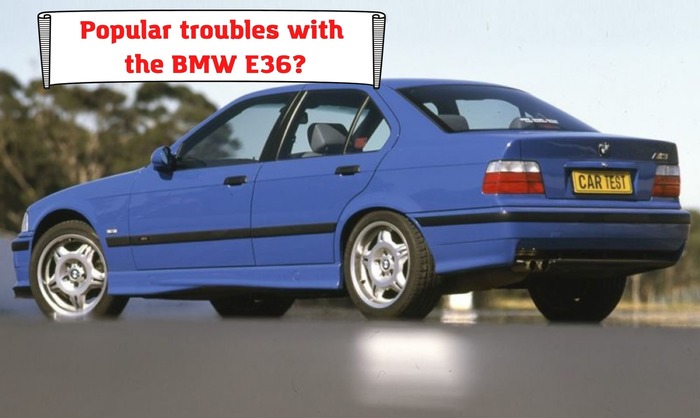
- Climate control is too complicated to use. A lot of BMW E36s have ACs, but to use this module is not that easy. You should get used to it before. And yes, it keeps breaking all the time.
- Plastic headlight lenses look awful on older cars. They are all yellow and covered with scratches, also they make the headlight efficiency worse.
- Fires in the trunk. Electrical wiring in old E36s is something unpleasant. You will have to always check the trunk wiring, otherwise, it can put your car on fire one day.
- Rear-wheel drive is wonderful and fun to drive, but it causes many mechanical issues with the car. You have one more unit to service and repair which is not good.
- The interior is too old to look good. The elegant interior of the E36 now looks old-fashioned. But this is not the only problem. It has already started decomposing because of its age and you will have to invest some money to make it look good again.
- The oil pump may just fall apart if your V6 engine has high mileage behind. The problem is quite popular. Your engine will just die because of low oil pressure (zero oil pressure, to be precise).
- For a DIY mechanic, this car is a nightmare. Even to change the brake pads, you will need to be a genius and you will also need a lot of special instruments.
How much is to maintain the vehicle?
Maintaining the BMW E36 is an expensive thing. You will have to spend weeks searching for parts and for people who can install those parts. Also, you will need to pay a lot for every little part or even go to scrapyards and try to find needed units there. It’s quite hard to maintain the vehicle because it’s really old and parts are not produced any more by BMW. Aftermarket parts are expensive and not very reliable.
Final words
We love old BMWs if they are not maintained for our money. We mean it’s cool to drive such a car because it’s a living history. You are going to love those unusual interior parts that were so innovative back in the 1990s. But today this vehicle tends to be very expensive for the owner. If you want a car to just drive, better buy something else for your money. BMW E36 is only good for people who love BMWs and are ready to invest money all the time in new parts and services.
These cars are valuable again – a decent vehicle with low mileage and in a stock condition will probably cost anywhere between $8,000 and $15,000 which is ridiculous. But still, people buy it because this is a classic car that is even going to go up in value while you own it. Especially, if you buy some exclusive body type with a big engine under the hood.
About the authors
The CarAraC research team is composed of seasoned auto mechanics and automotive industry professionals, including individuals with advanced degrees and certifications in their field. Our team members boast prestigious credentials, reflecting their extensive knowledge and skills. These qualifications include: IMI: Institute of the Motor Industry, ASE-Certified Master Automobile Technicians; Coventry University, Graduate of MA in Automotive Journalism; Politecnico di Torino, Italy, MS Automotive Engineering; Ss. Cyril and Methodius University in Skopje, Mechanical University in Skopje; TOC Automotive College; DHA Suffa University, Department of Mechanical Engineering

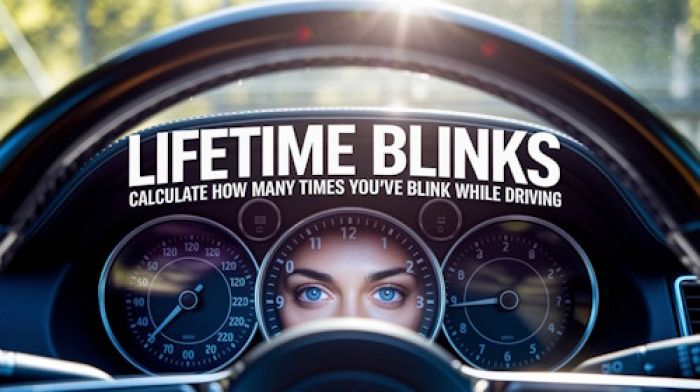

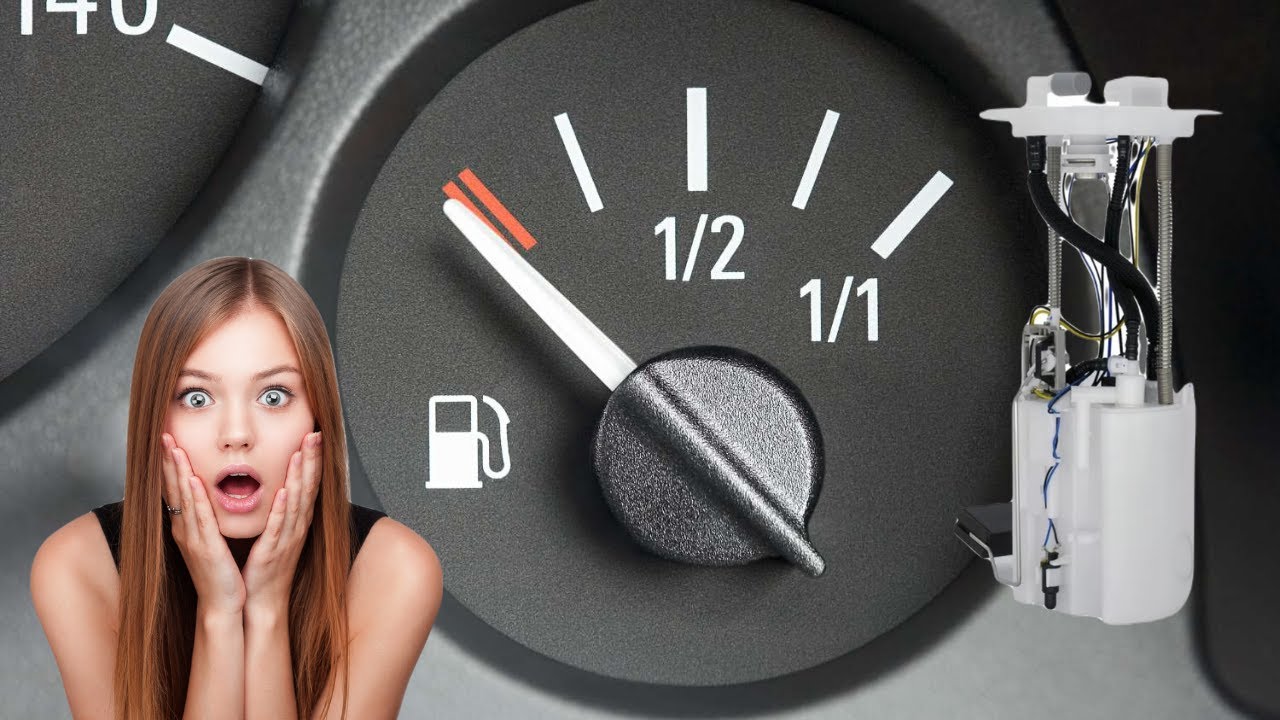
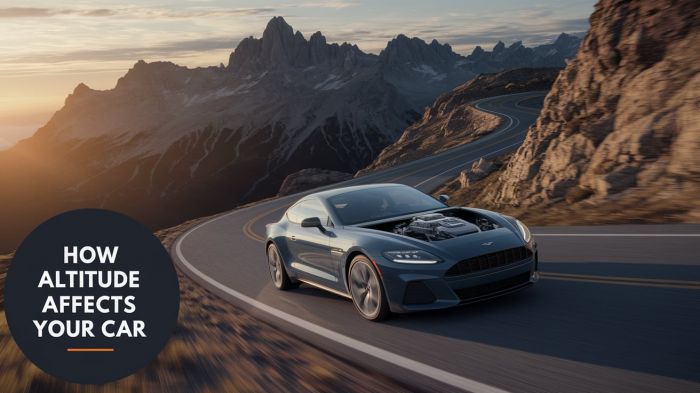
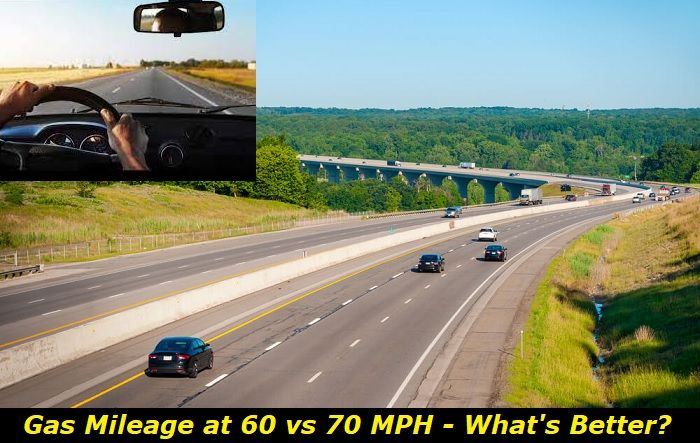
Add comment